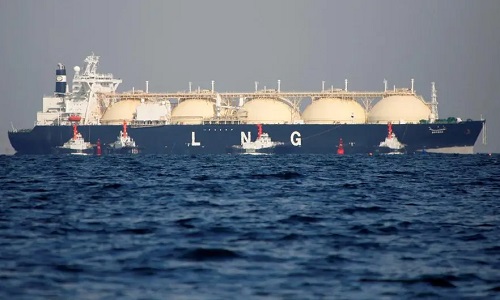Liquefied Natural Gas
Apex Horizon Terminal BV
Liquefied Natural Gas
 Apex Horizon Terminal BV
Apex Horizon Terminal BV
Products
Getting oil to market is a process that requires various transportation and storage technologies which we provide.
 Apex Horizon Terminal BV
Apex Horizon Terminal BV
LNG (Liquefied Natural Gas) is natural gas that has been liquefied for transport and storage.
Methane has a very low density and is therefore costly to transport and store High pressure gas pipelines can be used to transport gas on land or for short ocean crossings. Liquefying natural gas makes it feasible to transport gas economically across oceans or in a few applications by truck to small scattered consumers. LNG occupies 600 times less space than the gas, but must be kept at temperatures below 160 degrees celsius and be pressurised. At the receiving terminal, LNG is unloaded and stored before being regasified and transported by pipe to the end-users.
The four main elements of the LNG value chain are:
Exploration and Production – LNG is a transportation method for natural gas and therefore natural gas must first be produced and transported to an LNG facility for processing
Liquefaction – this process converts gas to liquid by lowering the temperature of the gas to approximately -260 degrees Fahrenheit (-160 degrees Celsius)
Shipping – special tankers with insulation and autorefrigeration keep the natural gas in liquid form as it is transported over massive bodies of water.
Storage and Regasification – once the LNG reaches its destination it is stored or regasified back to its gaseous state. The regasification process involves passing the LNG through a series of vaporizers that reheat the fuel.


The demand for LNG is rising in markets with limited domestic gas production or pipeline imports. This increase is primarily from growing Asian economies and is particularly driven by their desire for cleaner fuels; and due to the shutdown of nuclear power plants. The largest producer of LNG is Qatar, with a liquefaction capacity in 2013 of roughly one-quarter of the global LNG production Japan has always been the largest importer of LNG and in 2013 consumed over 37% of global LNG trade.
LNG projects require very large amounts of upfront capital and, because of this, suppliers usually enter into long-term agreements ( up to 15 to 20 years) with buyers before taking their investment decision.
